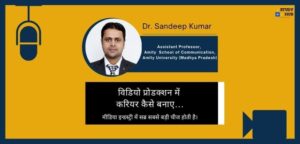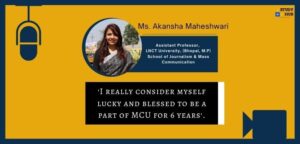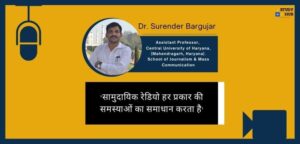The arbitrary nature of the relationship between the signifier and the signified makes it
(A) Polysemic
(B) Convenient
(C) Prohibitive
(D) Purposeless
Correct Ans: (A)
Explanation:
The arbitrary nature of the relationship between the signifier and the signified creates polysemy, meaning that a single sign can have multiple interpretations. In semiotics, a sign consists of two parts: the signifier (the form, such as a word, image, or sound) and the signified (the concept it represents). However, this relationship is not fixed or natural; it is socially constructed, allowing for different meanings depending on context, culture, and personal perception.
For instance, the word “apple” can signify a fruit, a tech company, or biblical symbolism depending on the context. Similarly, a red rose can symbolize love, political movements, or even secrecy. This flexibility in meaning is what makes language and symbols rich but also complex in communication.
Moreover, media messages heavily rely on polysemy, allowing different audience groups to interpret content in varied ways. Advertisements, films, and news reports often embed multiple layers of meaning, making them accessible to diverse viewers. A political speech, for example, might resonate differently with distinct ideological groups based on their interpretations of key terms.
Understanding polysemy is crucial in fields like media studies, linguistics, and marketing. It explains why people misinterpret messages or why certain words and images can have powerful emotional and cultural significance. Recognizing polysemy helps communicators craft messages that resonate with different audiences while minimizing confusion.














